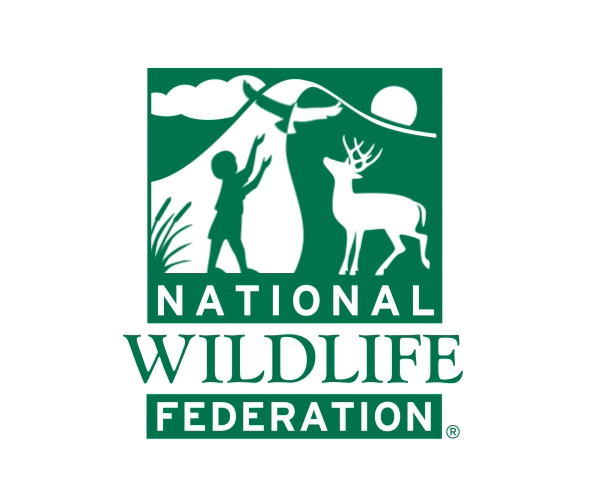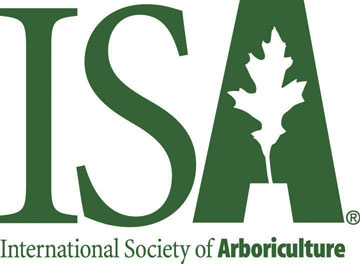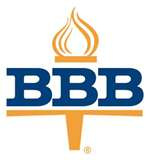There are approximately 500 different species of trees indigenous to Texas soil, and every single one of these native Texas trees has been stressed to their limits this year in the 2011 heat wave and drought – the worst ever recorded. Heading into the winter months all Texas trees are in desperate need of care so they can adequately recover and continue to grow and thrive next year. If you have never fertilized your Southeast Texas trees for the winter, this would be a good year to start. This article is to make sure you do it right.
Most native Texas trees of the Southeast Texas region, including the iconic tall longleaf Loblolly pine of the piney woods region, the Sabal palm, and the wide variety of oaks that grow here, are all able to withstand large amounts of water, since this region of the country is known for high levels of rainfall. So the drought has been especially unkind to them. Many of these native Texas trees possess deep root systems, and this is important to know when considering how to supplement their soil and prepare them for the winter months.
So what can you do to protect and supplement your trees to help them revive and thrive next year? Here is the simple breakdown of the three major types of trees native to Southeast Texas:
Winterizing Native Texas Trees: OAKS AND DEDCIDUOUS TREES
To winterize oaks is to fertilize oaks. Oak fertilizer has a mix of nutrients that promote root development and disease resistance, since oaks are particularly susceptible to a vascular disease called oak wilt as well a few varieties of pest problems. Fertilize when the oak is well within the dormant state (Late January or February). The nitrogen component of the fertilizer needs to be a slow-releasing form since quick-release nitrogen can stimulate quick growth that is nutritionally weak. A 19-5-9 oak fertilizer makeup would be good. One pound per inch diameter of tree trunk is the rule of thumb, spread evenly within the drip line of the tree. It is safe to use 3-6 pounds of nitrogen per 1,000 square feet underneath oaks. Incidentally, this recommendation applies to most varieties of deciduous trees, even the bald cypress. Don’t use fertilizer stakes. While fertilizer stakes seem ideal because they are hammered into the ground below the turf, allowing the roots of the trees to get the most access to the nutrients instead of it going to the grass, the release of the nutrients from stakes is too localized. It would require well over 50 stakes for most mature oaks and deciduous trees, dotted evenly throughout the root system underneath the tree, for the tree to receive the nutrition applied by granular fertilizer. Water the tree regularly in absence of rainfall.
Winterizing Native Texas Trees: PINE TREES
The longleaf Loblolly pines native to Texas love acidic sandy soil and clay, and actually thrive in spite of infertile soil conditions, but they are not drought hardy. The most important thing to do for this water-loving longleaf pine is to keep the soil most but well drained.
Winterizing Native Texas Trees: SABAL PALMS
For all of us who endured those extreme cold snaps in February 2011, we saw that Sabal Palms suffered greatly because their core temperature dropped below their cold hardy threshold. By the time it finally warmed up for good, almost all the region’s Sabal palm trees either suffered tissue damage or died.
Never trim a Sabal palm tree right before the cold season. The larger and fuller trees will have a better chance to endure the cold than the ones stripped of their protective leaves. Smaller palms can be covered for the length of a cold snap.
To fertilize, use a slow release fertilizer that has supplemental magnesium and calcium. Spread the fertilizer evenly on moist soil, all the way around the trunk of the tree and work it into the soil, and make sure to water it in. Be careful to not over-fertilize a Sabal palm.














